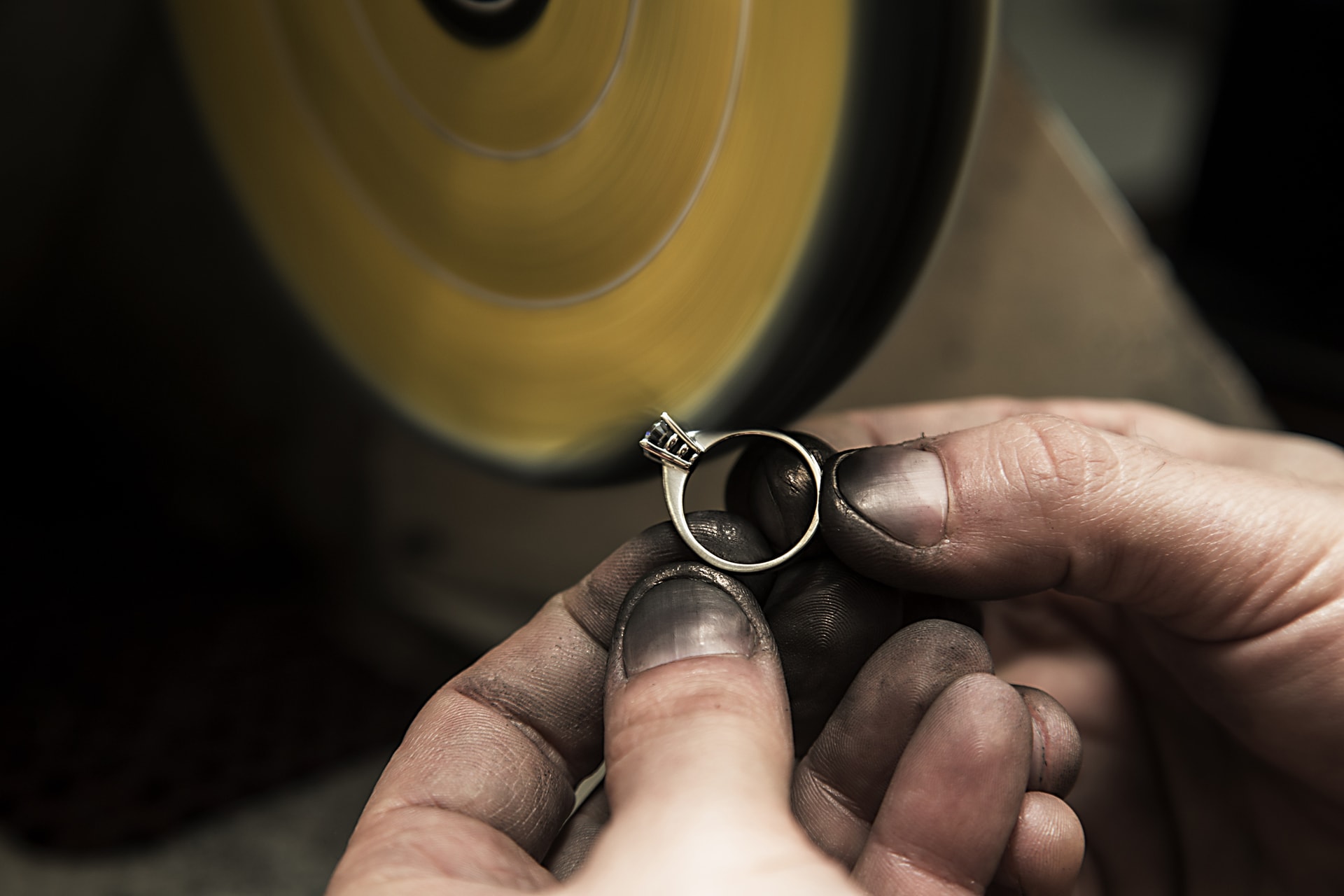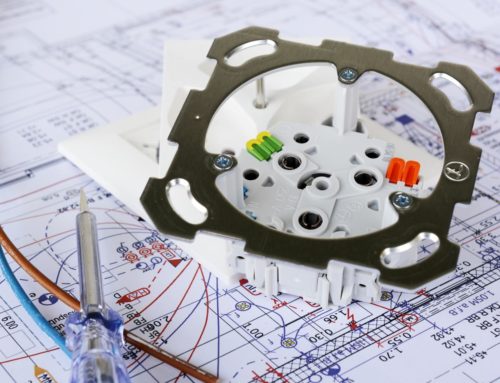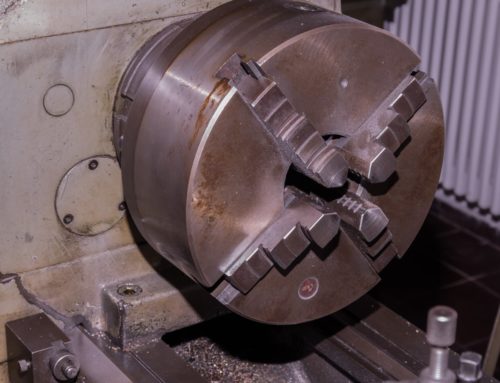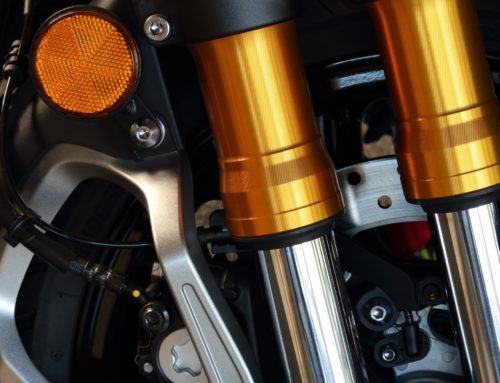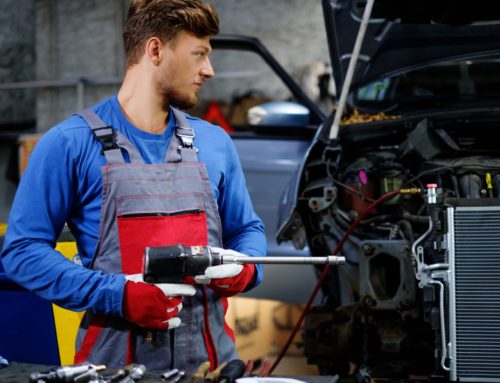Think back to those long summer days during childhood when the day’s biggest plan was spending time outdoors with friends, whiling away the days riding bikes and enjoying the sunshine. When someone instigated a bike race, all that mattered was how quickly you could get up to speed and whiz past your fellow racers. But, when it came time to stop, how often did you find yourself relying on a hill, a sharp turn, or some other external method to slow your bike – and how often did you wobble or crash because you couldn’t stop swiftly enough? Because a majority of bikes rely on friction brakes to stop, extra measures are generally needed to stop swiftly from high speeds. Now, think about applying friction brakes on a machine with a greater potential for injury, like a lathe. When it comes to machinery safety, stopping time matters immensely; DC injection braking provides a swifter stopping alternative than friction braking to improve the safety of a wide range of AC-powered motors.
Friction Versus Electric Brakes
The difference between friction braking and DC injection braking can be explained using the bike example above. Squeezing the two levers next to the handlebars engages rubber pads that rest on either side of a bike’s tires and the friction from the pads pressing against the tires will gradually bring the bike to a stop. Friction brakes on a motor are much the same; they require a method of actuation to begin stopping the motor and the length of time it takes the motor to stop depends on how large the moment of inertia is.
Electric brakes, on the other hand, are (metaphorically speaking), what would happen to that bike if the wheels were jerked suddenly in the opposite direction. For a pair of wheels rolling forward, a swift change in direction would mean the bike stops almost immediately. While it’s not a perfect metaphor, electric brakes are to small electric motors what that invisible hand is to those bike wheels. Instead of relying on the force of friction to gradually stop the motor, an electric brake system uses the difference in electrical currents to stop the motor quickly. A DC injection braking system can be easily integrated directly into the motor control circuitry, allowing AC-powered small electric motors to stop much more rapidly than a friction brake allows.
How It Works
DC injection braking was developed to provide a swifter and safer alternative to friction braking for small electric motors, such as those that control lathes or table grinders. The way it works is simple enough: After the AC voltage is disconnected, a DC current is applied to the motor windings, creating a stationary magnetic field and applying static torque. The stronger the voltage applied, the stronger the braking force applied, stopping small electric brakes quickly. Because electric brakes can be integrated directly into the circuitry of an AC-powered motor, they mean you no longer need to worry about parts of the friction braking system wearing out.

